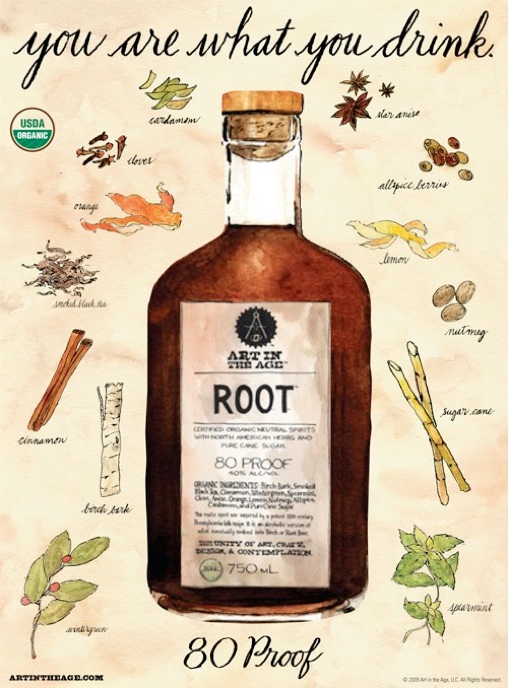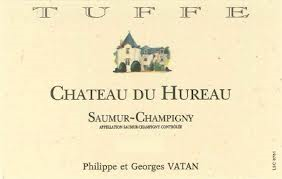
Okay, in the interest of full-disclosure, the following post is NOT going to be about wine, or anything else wine/spirits/hospitality related. So, for those of my readers who choose only to learn about that sort of thing, you’re free to go…
Now, for those of you that are sticking around, here we go…
You are probably wondering what a Tough Mudder is… Well, as clipped from their web site:
Tough Mudder events are hardcore 10-12 mile obstacle courses designed by British Special Forces to test your all around strength, stamina, mental grit, and camaraderie. With the most innovative courses, 700,000 inspiring participants worldwide to date, and more than $5 million raised for the Wounded Warrior Project, Tough Mudder is the premier adventure challenge series in the world.
Now that you know what it is, I bet you’re asking why a 50 year old sybaritic intellectual, perhaps more accurately, curmudgeon like myself is taking part in such an excruciating exercise? Well, I asked the same question and I came up with the following:
First, there was a time, many, many years ago when I was actually into physical fitness. I virtually lived at Mike’s Gym in Cambridge and when I wasn’t at Mike’s, you could find me on one of the many squash courts in New England. Yup, I was in great physical shape and loving life… Then a few things changed, life intervened and, to use the appropriate sports metaphor, I took my eye off the ball. That’s okay, because life post-gym has been wonderful. Except for the fact that we are mortal beings and our inherent design is predisposed to deteriorate, at an alarming rate, actually, if we allow ourselves too much pleasure… In lay terms – if you fail to keep up with an exercise regimen as you get older, the results will be negative and the rate of decay will actually increase exponentially after the age of 45. So, despite my best intentions of re-committing to a regimen of physical fitness back in 2008, I thought, nothing like getting to a goal faster, than setting the platform on fire… A Tough Mudder is a “burning platform” as far as physical fitness is concerned. If you don’t know what that is… Google it…
Second, I try to be as charitable as I can within my means. I am not deeply religious, but I know that my life is blessed. I am loved by my friends and family, mostly… I have, as a dear old chum would say, “three squares and a flop” every day… I live in a place where freedom of expression (witness said blog) and the right to live my life as I choose is the norm… This latter point is of particular interest, because we all take for granted our lives in the good ole’ US of A. We often fail to remember that millions of men and women have paid the ultimate price so that we can enjoy said freedoms. I have many relatives who served, in many wars. Some came back heroes, some came back and were jeered as baby killers and some didn’t come back at all. The one common thread: they all went when duty called. That’s why when I see a man or women in uniform I say thanks. I want them to know how deeply I appreciate their sacrifice so that I can raise my son as an American – free and proud. Contributing to the Wounded Warrior Project is another way that I can say thanks. I consider it my shared sacrifice…
Third and last reason, a collection of very dear friends was looking for a way to contribute, to a noble cause and build even stronger relationships among our group. The Wounded Warrior Project is indeed a noble cause and nothing builds friendships like shared misery… or incredible camaraderie. Assuming we survive (you sign a waiver absolving Tough Mudder of any responsibility if you should perish), when we emerge from the other side of this obstacle course, the bonds of this group of friends will be tougher than forged steel.
Now that you know why, you may want to help out yourself… The Tough Mudder web site wants me to recruit friends and family to run beside me… not likely. However, you can “virtually” run beside me by making a donation to the cause at the following link: http://register.toughmudder.com/fundraising/donate.aspx?event=13389&fundraiser=r8425566
You can eliminate the pain, sweat, mud and tears, but still take stock in doing a good deed!
Doesn’t that make you feel better?
And I promise, my next post will return to our usual “musing s on the vine…”
Cheers!










